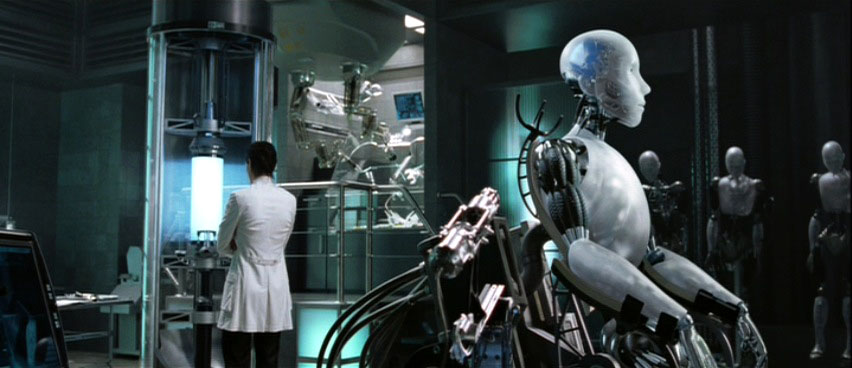Patrick Tatopoulos

UPDATE: A lot has happened since the preceding interview, both in our industry and in Patrick’s career, not to mention the global pandemic currently shutting down most US productions. I had the opportunity to talk with Patrick again in between his big-budget design jobs, the most recent of those being Maleficent: Mistress of Evil. Our latest conversation follows…
AS: Has your production design work been disrupted by the COVID-19 pandemic?
PT: I’m on a project for Netflix that was supposed to start at the end of the year and shoot in London and Portugal. We’ve been at the conceptual and R&D stage and I’ve been lucky to be able to work from home. It’s the kind of movie we can still say is doable. No giant crowds or intimate scenes. I ended up working on it for the last three months with the visual effects team at Framestore in London. Working with the visual effects supervisor, and with the art director, it keeps you sane! But now we’re just on hold.
AS: Where do you see the field of production design heading?
PT: More and more, a designer on a big project needs to know visual effects very, very well and needs to know how to work with the visual effects team. When you budget you need to know what needs to be done in CG. And you’ll be creating 3D models that will be handed to the visual effects department. For example, with Maleficent: Mistress of Evil, the whole castle was designed by the art department all the way to the last little tower. People didn’t necessarily know that we designed the castle because in the movie it’s visual effects. But you need to make sure when you build the balcony for the facade of a building that the architecture and scale of the balcony fits the architecture of the rest of that building. So what do you do? You design the whole thing in 3D first.
I used to say the production designer is the person that designs the look of the movie and that VFX creates the effects. We have to be careful when we say that today because it’s teamwork. Ultimately both visual effects and the art department create the look of the movie now. But if you give them enough tools, in the end it’s still going to be the movie you designed.
The best way to do this right is to have a great relationship with the visual effects supervisor and their team early on. Don’t look at it like, Well, those guys are just going to do their own stuff. No, those guys are working with you to make the best looking movie ever. So you work with them. The closer you work with them the more chances you have to make sure the vision carries across.
Often in Post Production the look changes not because the visual effects supervisor wants to change it or the director decides to change it. Sometimes it’s simply because they don’t have enough elements. And at the end they ask, Should we call the designer to come back? The studio says, Well, we don’t want to pay for the designer now. But the visual effects supervisor will still call you directly if you’re a collaborative person, and I’ve always been cool about this because I care too much. I tell them I’ll even sketch something if they need it.
patrick tatopoulus’s designs for creatures are amazing such as the beast in outlander and pitch black, its good to know those creatures will always live on in the films they appear in.